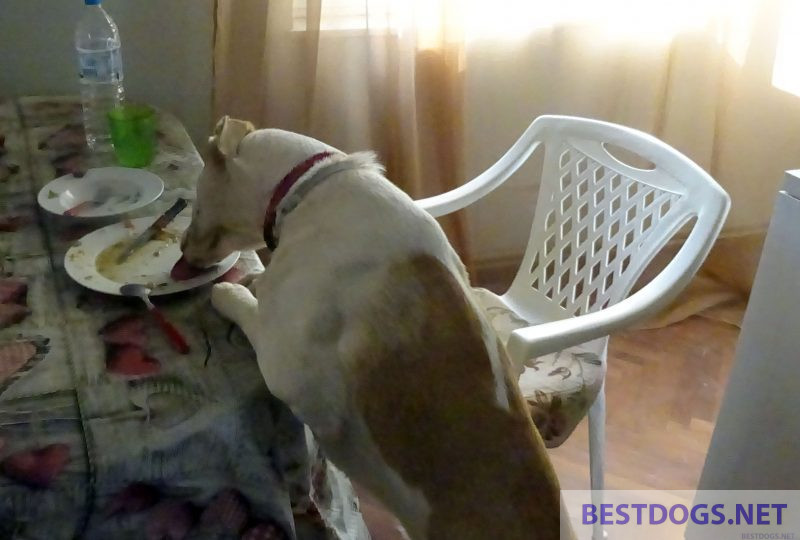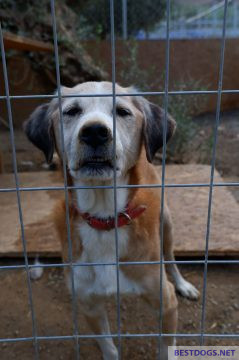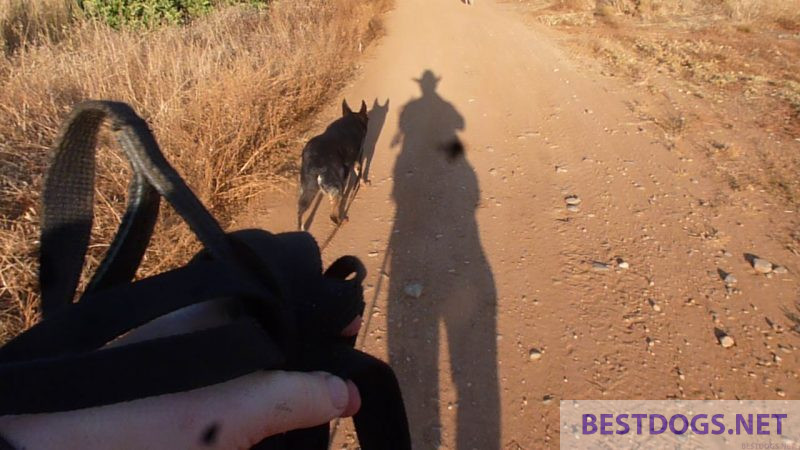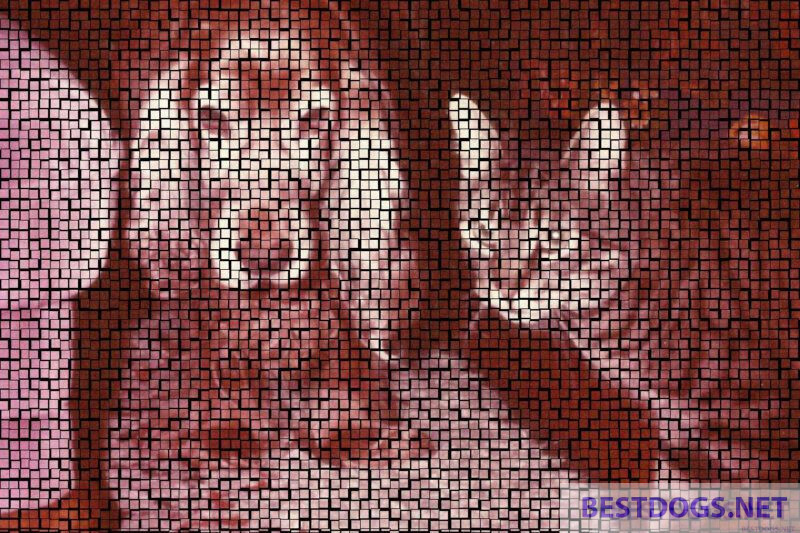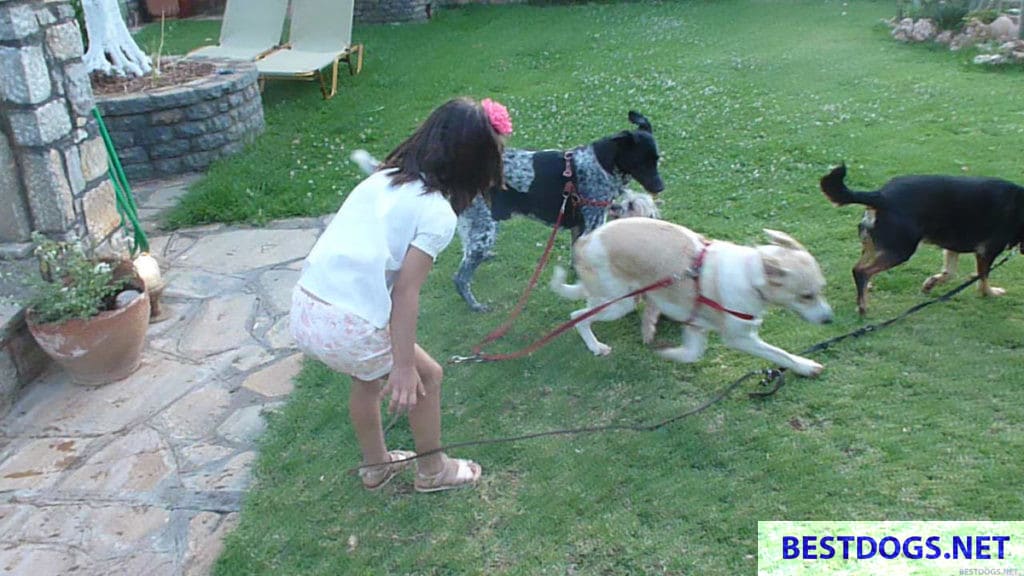What is unwanted behaviour, and what causes it ?
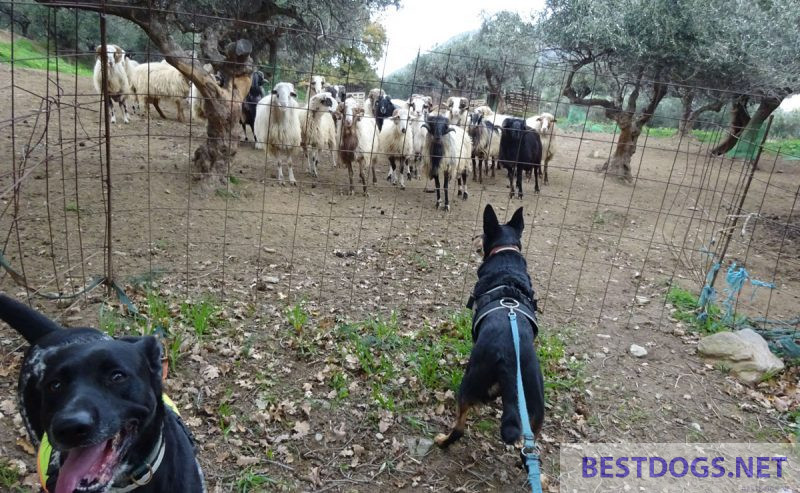
Unwanted behaviour of the dog
Table of Contents
Assessment of undesirable behaviour
What is ‘bad’ or ‘undesirable’ behaviour in a dog ?
Purina Fancy Feast Gravy Lovers Poultry and Beef Gourmet Wet Cat Food Variety Pack - (Pack of 24) 3 oz. Cans
$18.63 (as of April 18, 2024 21:53 GMT +03:00 - More infoProduct prices and availability are accurate as of the date/time indicated and are subject to change. Any price and availability information displayed on [relevant Amazon Site(s), as applicable] at the time of purchase will apply to the purchase of this product.)Advantage II Large Cat Vet-Recommended Flea Treatment & Prevention | Cats Over 9 lbs. | 6-Month Supply
$68.98 (as of April 18, 2024 21:53 GMT +03:00 - More infoProduct prices and availability are accurate as of the date/time indicated and are subject to change. Any price and availability information displayed on [relevant Amazon Site(s), as applicable] at the time of purchase will apply to the purchase of this product.)Dr. Elsey’s Premium Clumping Cat Litter - Ultra - 99.9% Dust-Free, Low Tracking, Hard Clumping, Superior Odor Control, Unscented & Natural Ingredients
$20.99 (as of April 18, 2024 21:53 GMT +03:00 - More infoProduct prices and availability are accurate as of the date/time indicated and are subject to change. Any price and availability information displayed on [relevant Amazon Site(s), as applicable] at the time of purchase will apply to the purchase of this product.)Bad or naughty behaviour can be anything that people call it: Usually it is unwanted, annoying, embarrassing or possibly dangerous.
The problem with this label is that this behaviour is often associated with a punishment that varies in severity depending on the person doing it.
This approach is fundamentally flawed because a behaviour is only ‘bad’ or ‘naughty’ if the ‘perpetrator’ is ‘aware’ that it is a transgression.
This is called anthropomorphism, as we generally assume that dogs do not have the cognitive capacity for such a double standard.
An example
A few weeks later, the new owners get in touch again and complain that the black Labrador mix dog was displaying potentially aggressive behaviour towards people, which he seemed to have overcome before at the shelter.
So the dog’s owner wondered how the dog could understand that it had misbehaved if it was not admonished ?
In other words: How can a dog distinguish between acceptable and unacceptable behaviour if the latter would not be characterized by a negative reaction?
This is a very important question that has a great impact on how one approaches training in general.
The behaviour of the Labrador mix was ‘bad’ for its owners for the reasons mentioned at the beginning. However, the dog was not being deliberately bad, but was simply reacting in a normal way to the emotions he was feeling at the time. In this case it was the feeling of fear and his behaviour reflected this.
The solution is clearly not punishment, as this only increases his anxiety and only temporarily suppresses the behaviour without addressing the cause. It is therefore better to focus on making the dog feel better so that he overcomes his fears of strangers in this case.
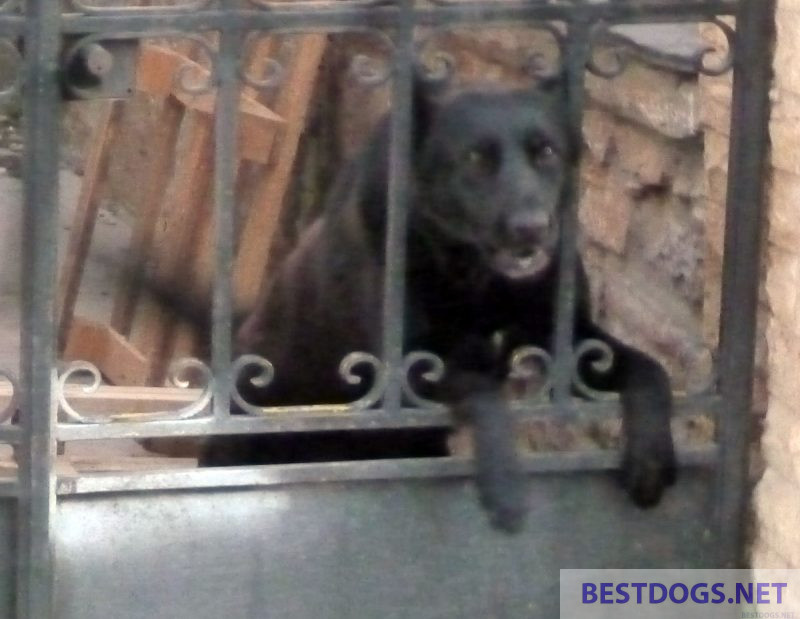
Shaping the behaviour of a new dog
When a new dog comes into the family, it is important to bear in mind that the animal’s life has changed dramatically with it. It may therefore take some time for him to settle in and for the owner to get to know him properly. He will depend on the owner for orientation and to structure his day.
Before the new dog arrives home, you should already know what he should do in and out of the house and what he should not do. With a rescue dog, you may have already received some information about his behaviour in the shelter, foster home or previous home.
Such tips can be very useful as you may be able to anticipate this behaviour and thus intervene before there is a problem.
If such information is not available, there is no need to worry about it, as it is a new start for both the owner and the dog, because the integration into a family or dog home is largely determined by the person. This is just as true for the first adoption as it is for the fifth.
In order to effectively manage and change undesirable behaviour, one must approach the problem with an open mind. This requires looking at the dog’s behaviour with an analytical eye and having a positive mental attitude. This also includes being convinced that you can help the dog when it shows an undesirable behaviour.
Being convinced that you can ‘shape’ the dog’s behaviour and not ‘change’ it is an important prerequisite for achieving the goal. This leads to the positive attitude, if even a small part of the previously undesirable behaviour has been ‘defused’, that one has already achieved success – and not to the negative effect that one has failed just because one’s behaviour is not completely changed immediately and all at once.
Causes of behavioural problems
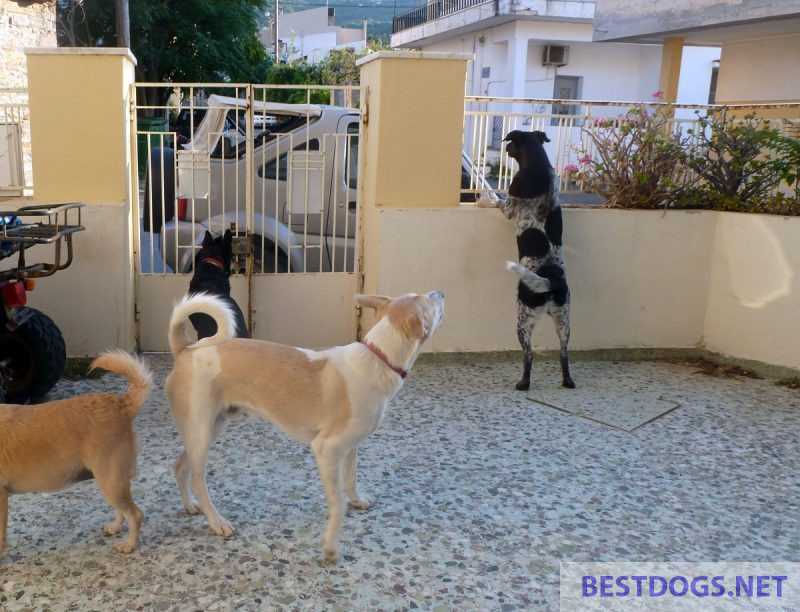
The most important questions to ask about unwanted behaviour are: When and where does the dog show this behaviour, and what is it expressed in?
What: What behaviour is the dog showing ?
When and where: When and where does this behaviour occur, and does it happen every time ?
Why: Check why the dog behaves in this way.
The answers to these questions will help to determine the causes of the behaviour. To do this, you should make notes about your dog’s behaviour from the beginning. In particular, you should list everything that seems unusual or that disturbs your daily routine.
Even small details can be very important to get a picture of what is going on. Once you have the answers to these questions, you can ask ‘why’.
Also, one should not forget that perhaps one’s own behaviour is also the cause of the dog’s unwanted behaviour. So you should also consider how your own actions or even omissions (e.g. not enough time or walks) might be influencing the dog’s behaviour.
Nevertheless, one should always remember, no matter how much the dog seems to understand the unwanted behaviour or behaves like a naughty child: a dog always remains a dog!
That is why it will always behave like one. Dogs can be loyal companions and also loving friends, but when things don’t go the way we originally imagined, one or the other can be disappointed very quickly. That’s why you have to be realistic in order to be able to influence their behaviour effectively and not expect too much too quickly.
Why does the dog behave in an undesirable way?
A behaviour does not arise without causes, because every behaviour is the result of a certain motivation.
By identifying this motivation, we can get the necessary answers to develop a strategy to reduce the unwanted behaviour.
We can change the dog’s drive to perform a certain behaviour by eliminating negative emotions or by counteracting them with positive emotions. Alternatively, we can eliminate a possible reinforcer for these negative emotions.
Therefore, an action plan should be created. This should start with a visit to the vet to make sure there are no medical reasons for the behaviour there is concern about.
A behavioural therapist may also be an option if it is felt that extra help is needed, or for some of the more serious issues such as aggression.
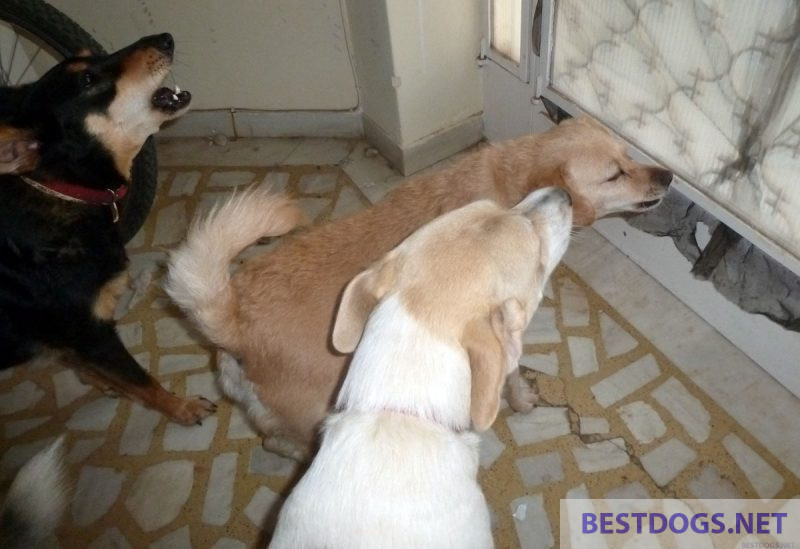
Evolutionary origins of a behaviour
Why do dogs have a particular behaviour in their repertoire? The answer to this question provides a clue to understanding.
Members of the Canidae family, such as wolves and dingoes, for example, mark the boundaries of their territory by urinating in the wild – and a happy, well-adjusted dog may also do this in a new home.
However, if this behaviour is excessive, the cause should be sought in the context of his territorial behaviour. The evolutionary origins of the behaviour will give a clue and help focus on the problem areas a dog may exhibit.
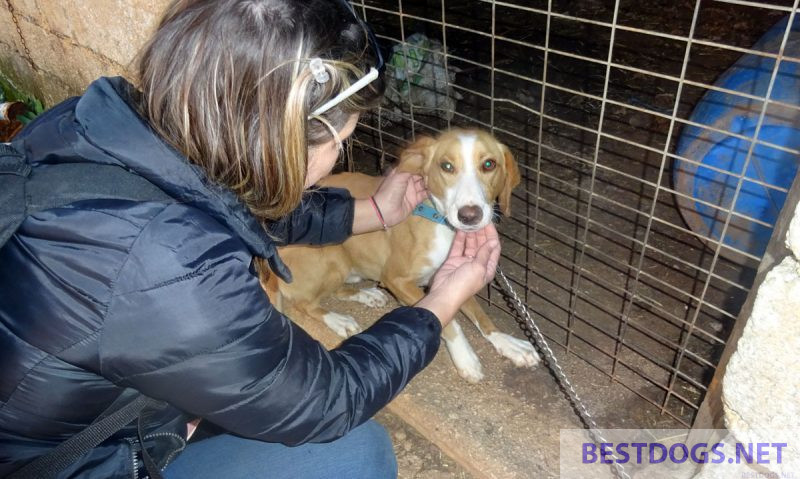
Mind map on behavioural problems
It is sometimes difficult to answer a question when we are in a situation where emotions are running high.
A mind map is a quick and easy way to capture all these competing memories and helps to find out the commonalities.
This is why it is important to be able to answer the key questions about a behaviour: ‘what, when, where and why?’
Typical examples would be:
Does not come out of the garden when other dogs are walking past the fence;
Barking, snapping or growling at other dogs or even biting;
Is nervous on walks and looks behind him when he does so;
Nips the owner when touched;
Spins around in circles on the leash;
Tugs at the leash;
Screams or howls every time he sees another dog;
Snaps or has bitten the handler on the leg;
Etc.
Common behavioural problems in rescue dogs
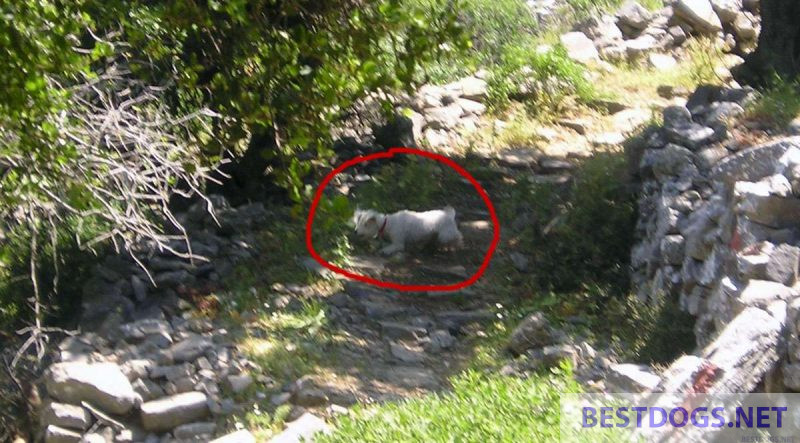
House training
Dogs that have spent most of their lives on the streets or in shelters can often have problems with house training. In their previous homes, rescue dogs have simply not learned to not relieve themselves in the house or flat, as they have never had a real home.
Being left alone
A new rescue dog naturally does not like to be left home alone. Like all dogs, they suffer from abandonment anxiety as they are pack animals and losing contact with the pack or pack leader is dangerous in the wild.
The newcomer hardly knows his home, feels strange and, if it becomes dangerous from his point of view, cannot flee. If the caregiver is not there, many dogs initially panic, and they may also destroy parts of the furniture or other furnishings.
Hunting
Many rescue dogs were already born with a strong hunting instinct. These street dogs and strays from southern countries have often also fed by hunting. For them, if they stopped hunting, it would instinctively mean death. Moreover, in the south a large proportion of dogs are bred precisely for hunting and many of them end up on the streets.
Anxiousness
Many of the rescue dogs are fearful and sensitive. This behaviour protected them from all kinds of dangers, from people to traffic and other dogs.
On top of that, they are often insufficiently imprinted and socialized to people.
Aggression
Dogs of certain breeds, which are bred in southern countries for special tasks, such as guard dogs or herding dogs, tend to be more aggressive.
In other dogs, this can happen out of fear or the defence of food and resources, which was important for former street dogs to survive in the past. Then there are the dog characters, who generally see attack as the best defence and do not back down.
Stealing
Stealing is often dismissed with a smirk, but when it increases and can become annoying for the owner or dangerous for the dog with the wrong objects or food, this behaviour can also become unpleasant.
Dogs steal mostly to capture food and for most, even after a good feeding, something still fits in the stomach, especially if it tastes or smells delicious and actually belongs to a person.
This also includes the companions who steal pretty much everything they can get and bury it in the garden or hide it under the carpet or behind the sofa for a rainy day.
Rescue dogs steal mainly just out of habit, because this is how they have made their way on the streets in the past.
